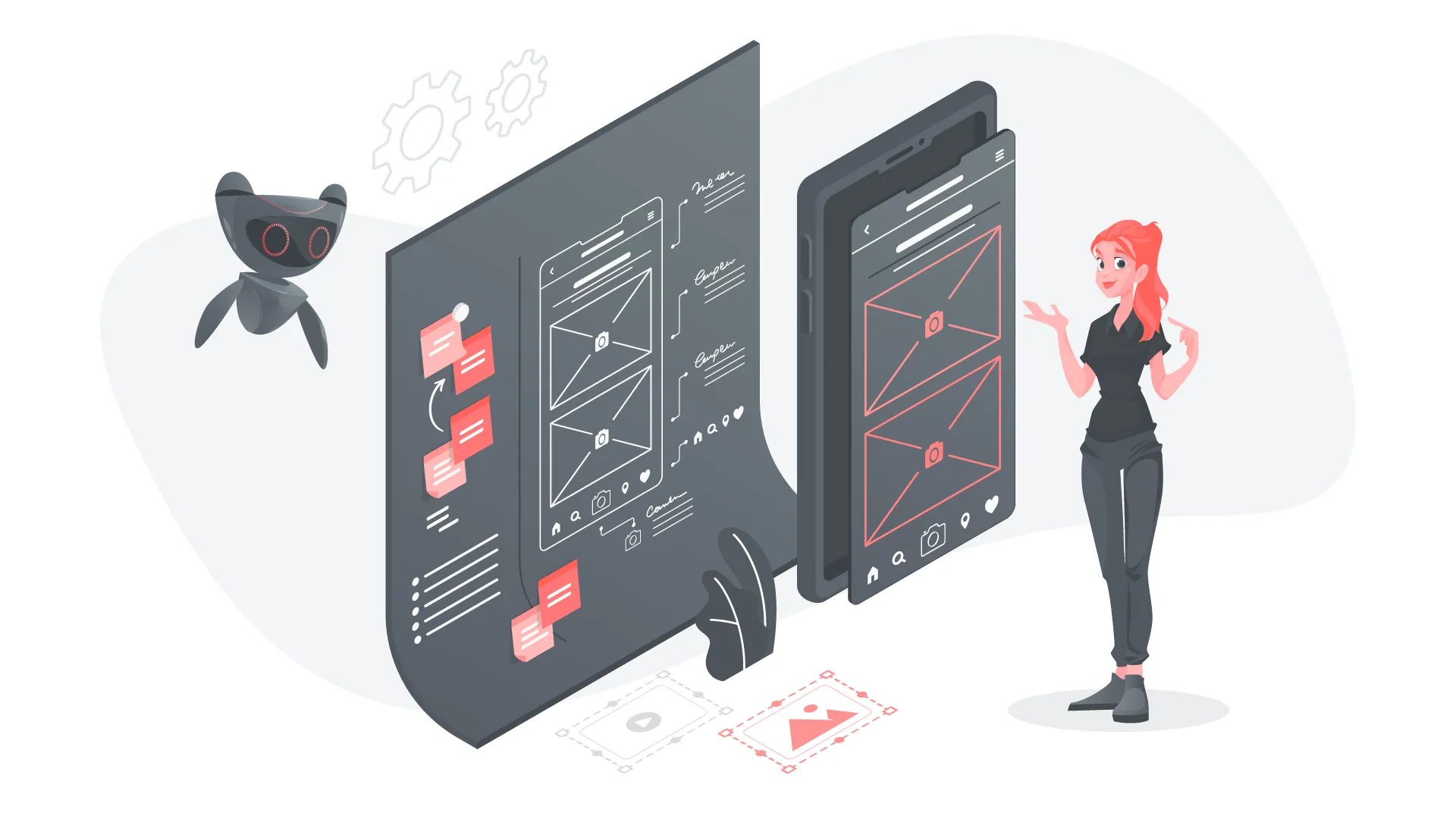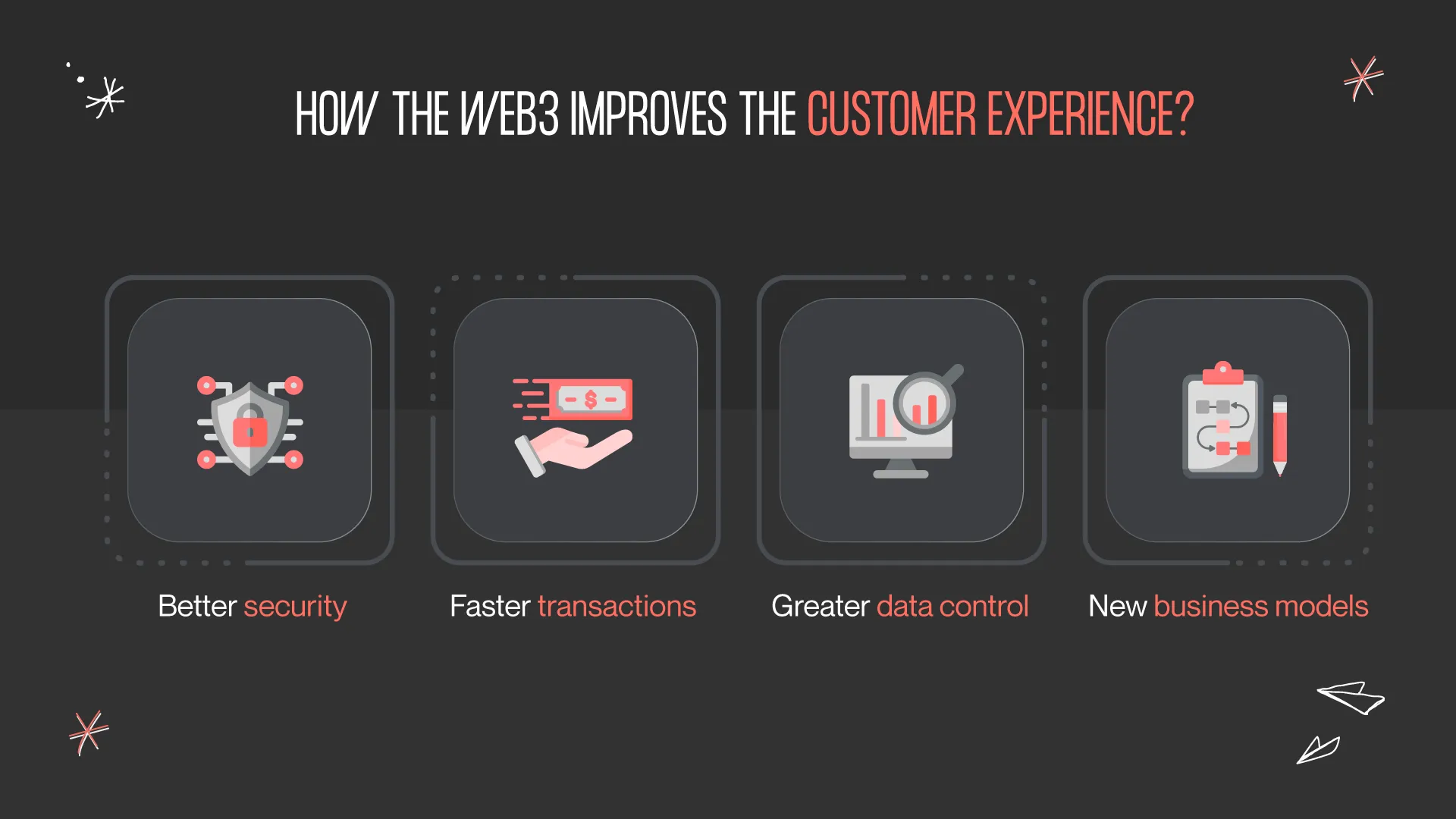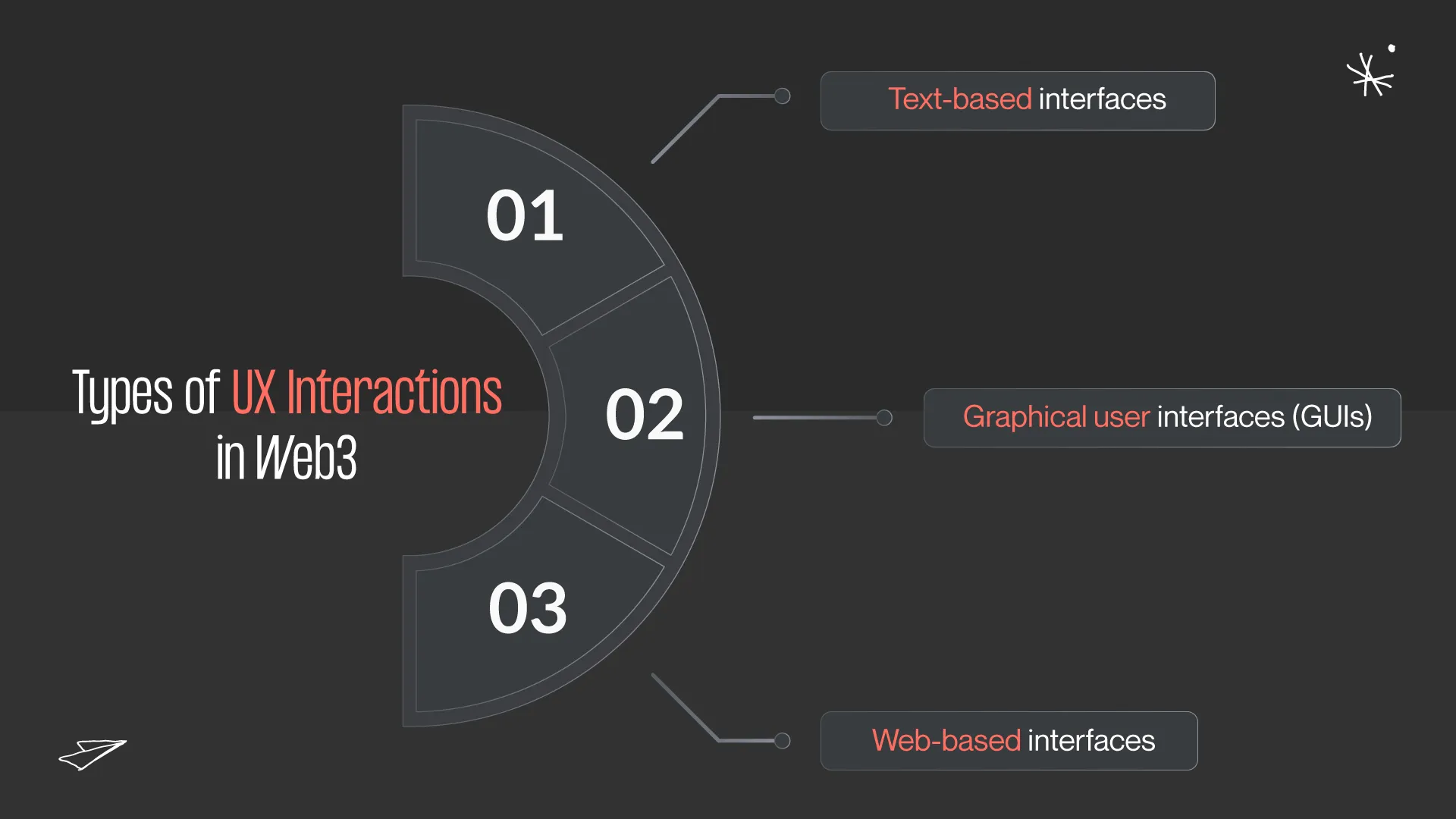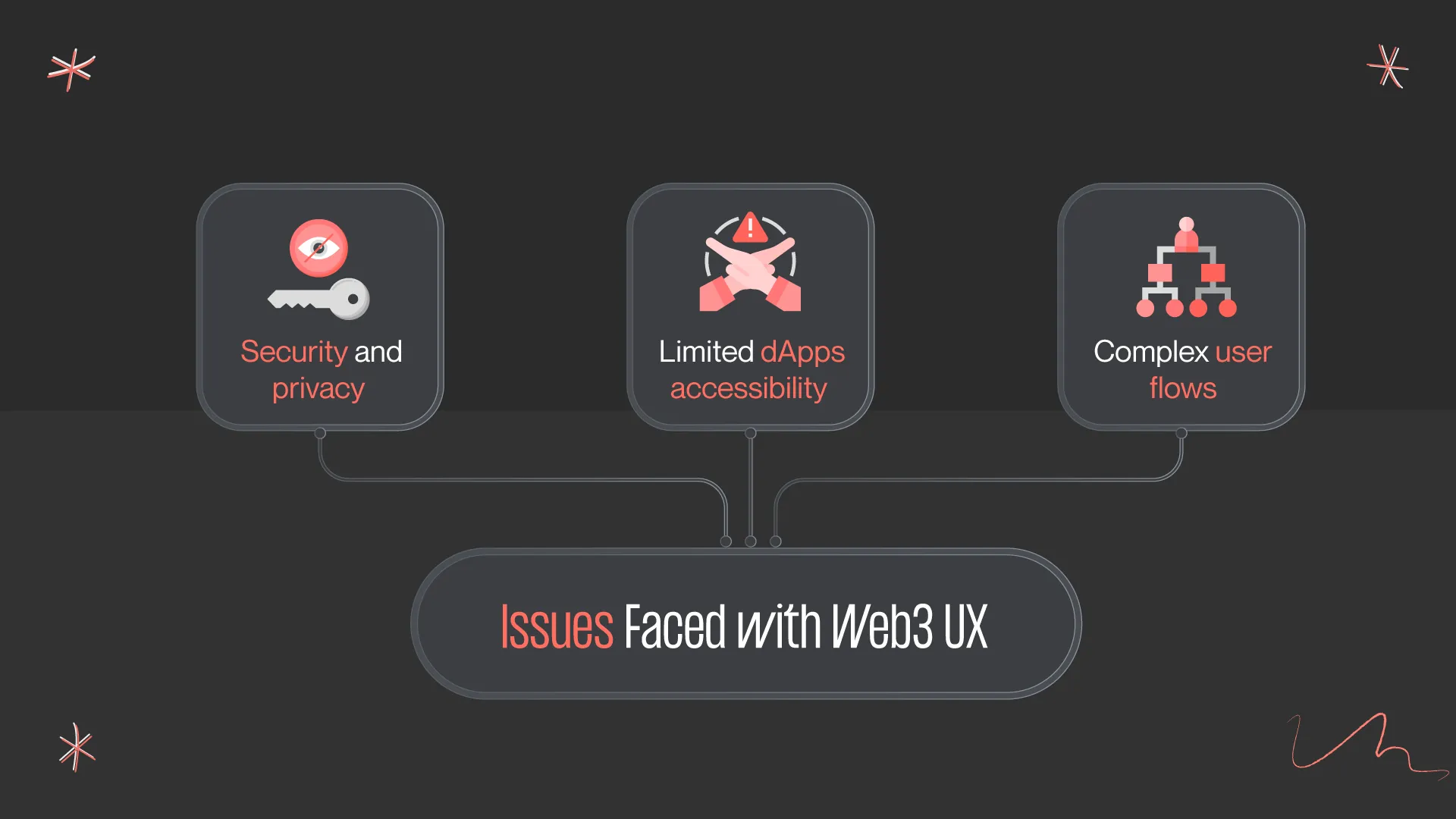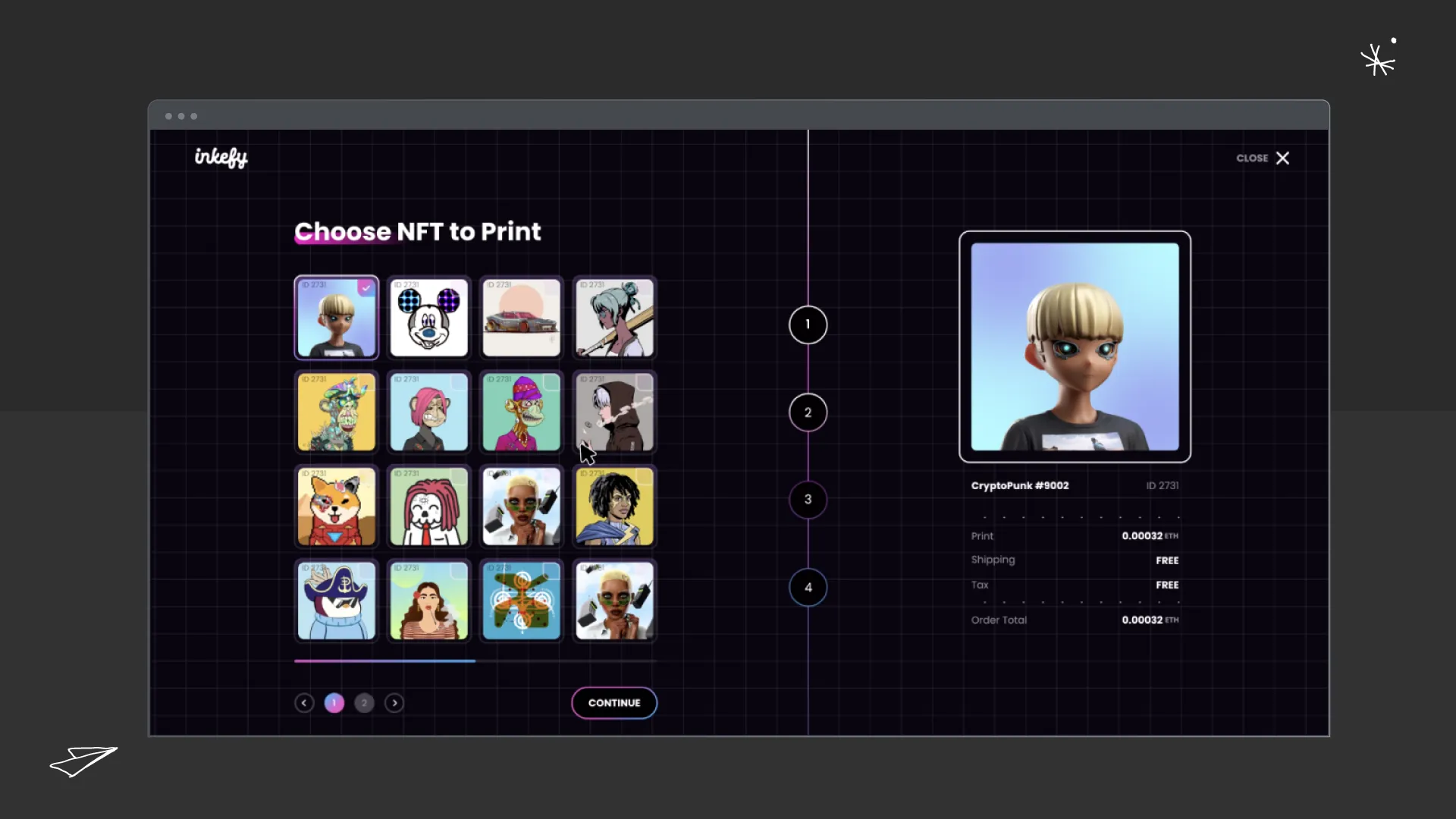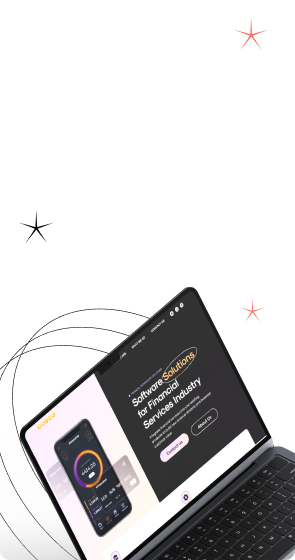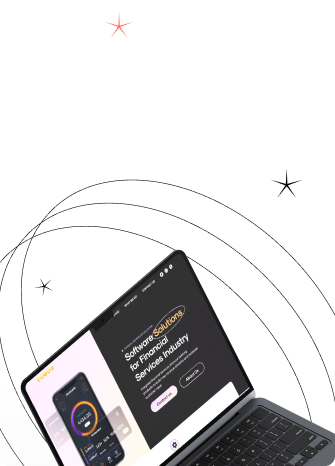Decentralized technologies exploded in the last few years, and Web3 adoption is expected to increase by 50% over the next three years. But still, Blockchain, NFTs, and De-Fi create an entirely new universe for users. Web3 is here to stay and continues to integrate into our lives. The evolution of the Internet, where users have more control over their data, has begun. Web3 UX design allows more people to become part of this phenomenon. Today we’ll cover all the essentials for designing a successful Web3 platform.

